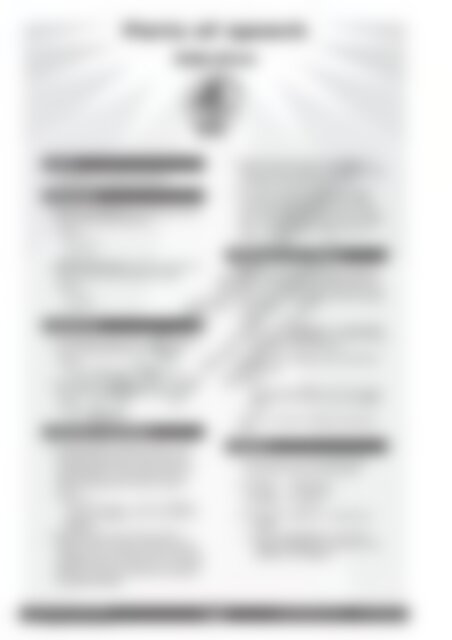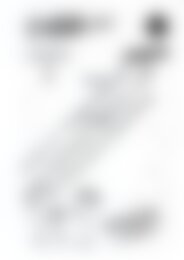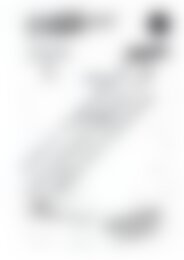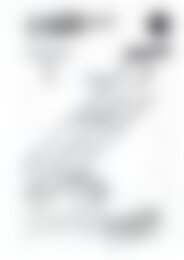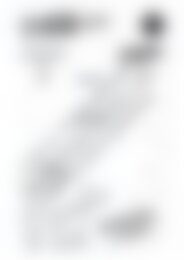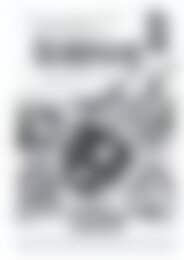RIC-6242 Primary Grammar and Word Study - Book C
You also want an ePaper? Increase the reach of your titles
YUMPU automatically turns print PDFs into web optimized ePapers that Google loves.
Parts of speech<br />
Adjectives<br />
Focus<br />
Comparative <strong>and</strong> superlative adjectives<br />
Definitions<br />
• Comparative adjectives are used to compare two<br />
things, usually using the suffix er.<br />
Example:<br />
brave, braver<br />
bad, worse<br />
• Superlative adjectives are used to compare more<br />
than two things, usually using the suffix est.<br />
Example:<br />
tall, tallest<br />
bad, worst<br />
Explanation<br />
• If the adjective has two or more syllables, ‘more’ or<br />
‘most’ is usually added before the adjective.<br />
Example:<br />
wonderful, more wonderful, most wonderful<br />
• But if adjective of two or more syllables ends in y,<br />
the y turns into i <strong>and</strong> er or est is usually used.<br />
Example:<br />
nasty, nastier, nastiest<br />
Worksheet information<br />
• The words used for comparison on page 17 only<br />
include words requiring er or est. Discuss with<br />
the students how to add er or est to adjectives to<br />
compare things. Use qualities about students or<br />
objects in the classroom to teach the concept.<br />
Example:<br />
Identify three students—a student with long hair,<br />
a student with longer hair <strong>and</strong> a student with the<br />
longest hair.<br />
• Read <strong>and</strong> discuss the report about weather in<br />
Question 1 with the students, identifying how er is<br />
used at the end of the adjective when two things are<br />
compared <strong>and</strong> est is used with three or more things.<br />
Note how ‘the’ is often used before the superlative<br />
form (the wettest day).<br />
• Students answer the questions about weather in<br />
Question 2, which provides further practice in using<br />
comparatives <strong>and</strong> superlatives.<br />
• In Question 3, students need to add er or est to<br />
a base word. Remind them of the rule that er is<br />
comparing two things <strong>and</strong> est is used to compare<br />
three or more things. They will also need to change<br />
the y to i when adding er <strong>and</strong> est to ‘shiny’ <strong>and</strong><br />
‘curly’.<br />
Ideas for further practice<br />
• Students find pictures in magazines or draw their<br />
own to compile a comparison display chart for the<br />
class. This activity will probably expose them to the<br />
comparative forms (using ‘more’ <strong>and</strong> ‘most’ instead<br />
of er <strong>and</strong> est).<br />
Example:<br />
They may find a cheerful baby, a more cheerful<br />
baby <strong>and</strong> the most cheerful baby to glue <strong>and</strong> label<br />
on the correct column on the chart.<br />
• In groups of three, students could sort themselves<br />
into categories.<br />
Example:<br />
The first making a soft sound, the second making<br />
a softer sound <strong>and</strong> the third making the softest<br />
sound.<br />
Objects in or outside the classroom could also be<br />
used.<br />
©R.I.C. Publications<br />
Low Resolution Images<br />
Display Copy<br />
Answers<br />
1. wet, deep, dark, cold, wetter, deeper, darker,<br />
colder, wettest, deepest, darkest, coldest<br />
2. (a) Monday (b) Wednesday<br />
(c) Saturday (d) Wednesday<br />
(e) Saturday (f) Saturday<br />
3. (a) My dad has a shiny car but Uncle Dan’s is<br />
shinier.<br />
(b) Jade has curly, brown hair. Lisa’s hair is<br />
curlier <strong>and</strong> browner. But Hayley’s hair is the<br />
curliest <strong>and</strong> the brownest.<br />
<strong>Primary</strong> grammar <strong>and</strong> word study 16<br />
www.ricpublications.com.au R.I.C. Publications ®<br />
ISBN 978-1-74126-766-2


